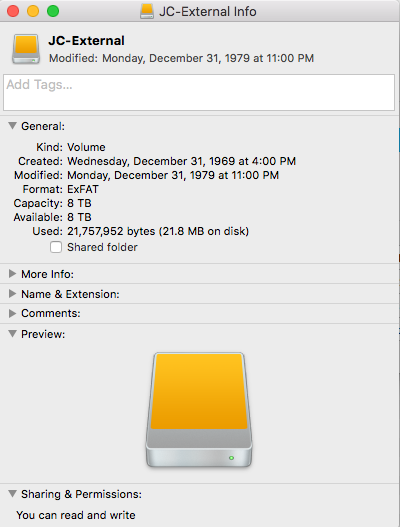

I know at least three such applications, pick the one that suits you best:Ĭareful, though: these are readers, which means they allow to read data, but not to write to disk. Windows does not support etx2/3/4 natively, but there are third-party applications that will allow you to use your disk without problems. However, what you can do is to use one of the free Windows utilities to access Linux partitions.

Thus your disk is completely allocated to these two partitions. Notice that your disk is made of 121600 cylinders, that your sdb1 partition begins at 0 and ends at the 36473th cylinder, while your sdb2 partition begins at 36473 and ends at 121600th cylinder. Nor can you use partitions sdb3 and sdb4, which have zero size.

The code-word Linux under the System heading indicates one of the standard Linux partitions, ext2, ext3, ext4. Your disk does not have any NTFS partition. Next, outputs of blkid /dev/sdb1 and blkid /dev/sdb2 Units = cylinders of 8225280 bytes, blocks of 1024 bytes, counting from 0ĭevice Boot Start End #cyls #blocks Id System Next, output of "sfdisk -l /dev/sdb": Disk /dev/sdb: 121600 cylinders, 255 heads, 63 sectors/track Things work fine on my OS but when I try to use the disk (the cross platform partition) on both windows and mac the device is not recognized. I created one partition with the LUKS (version 1) encryption and the other one, cross platform, in NTFS filesystem. I decided to create two partitions and used the "disks" application to do it. I use Linux but I wanted to reserve a cross platform partition on the disk. I have an external HD (western digital) with 1Tb.


 0 kommentar(er)
0 kommentar(er)
